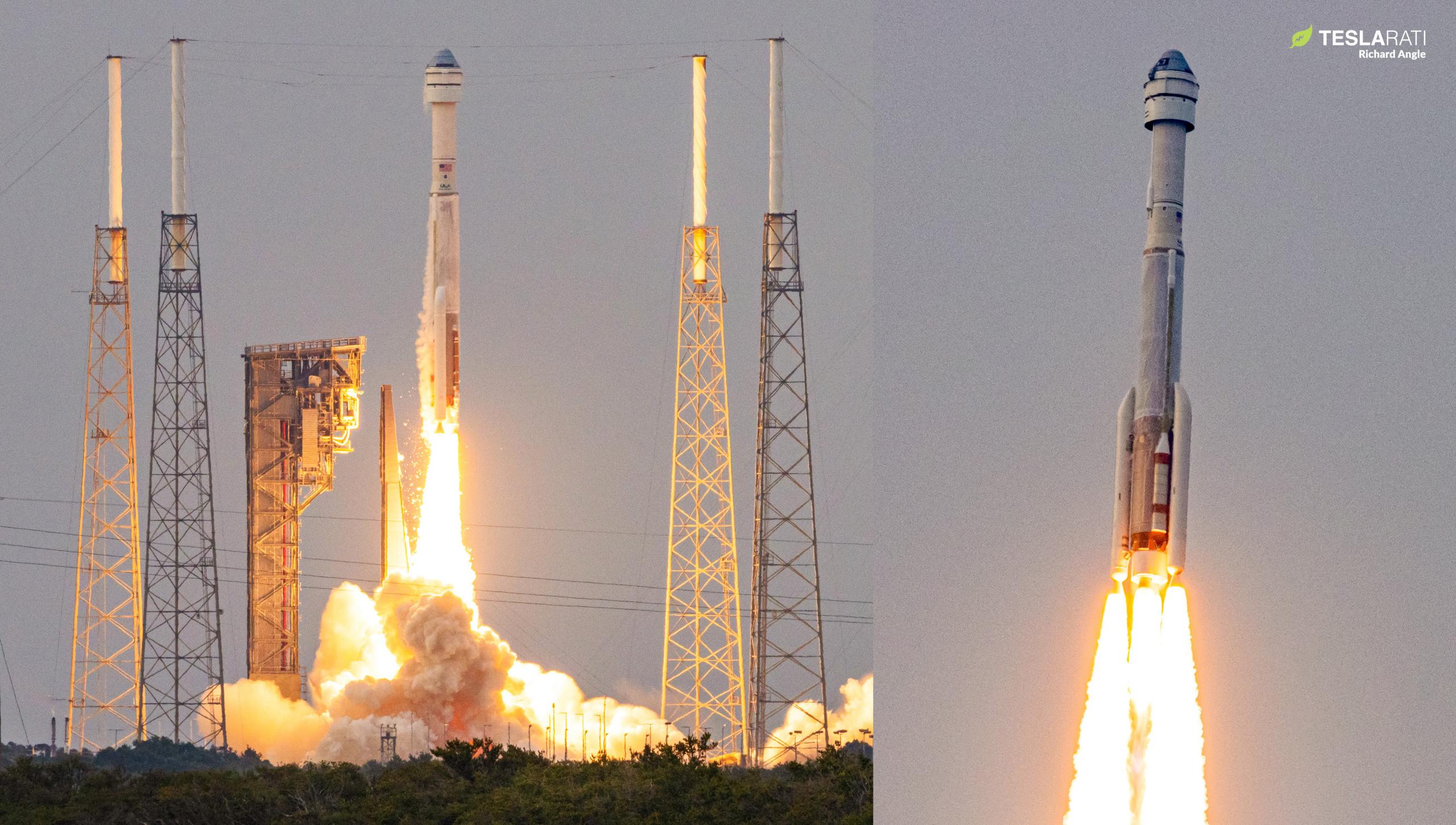
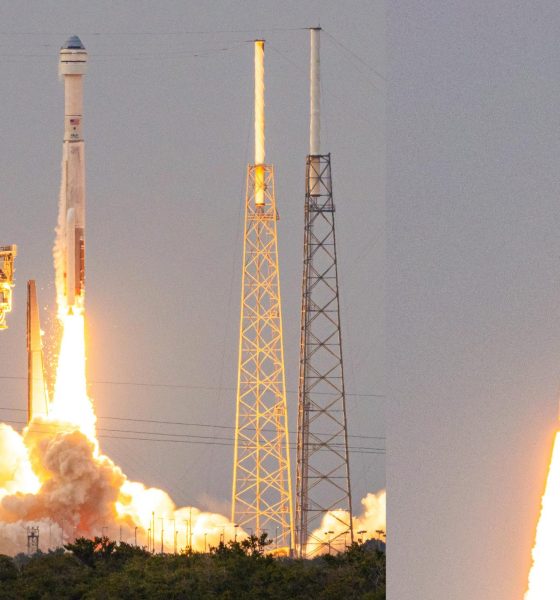
News
Boeing Starliner spacecraft successfully returns to flight 29 months after ill-fated debut
More than three years after SpaceX’s Crew Dragon spacecraft first safely reached orbit and almost three and a half years after Boeing’s Starliner crew capsule’s ill-fated launch debut, Boeing has finally returned to flight and made it farther than ever before towards a successful test flight.
Almost ten months after Boeing’s first attempt at Starliner’s second uncrewed Orbital Flight Test (OFT-2 #1), the stars aligned. As expected, the United Launch Alliance’s Atlas V rocket lifted off on time at 6:54 pm EDT (22:54 UTC) on Thursday, May 19th, ascending from Cape Canaveral Space Force Station (CCSFS) Launch Complex 41 (LC-41) without issue. After a four and a half minute burn, the Atlas V booster – powered by a Russian-built RD-180 engine – separated and the Centaur upper stage – powered by two Aerojet Rocketdyne RL-10 engines – took over.
Another six minutes later, Centaur shut down and Starliner ultimately separated from the rocket a bit less than 12 minutes after liftoff. Unlike SpaceX’s Crew Dragon, though, Starliner separated from its launch vehicle before reaching orbit – a task Boeing engineers chose to reserve for the spacecraft itself to limit stress on the spacecraft and crew in the event of a high-altitude abort. However, that design decision also adds significant risk in other ways and – after the spacecraft’s extremely poor performance during its first launch attempt – turns a Starliner launch into a sort of 30-minute cliffhanger.
While just a hair shy of true orbit, Starliner’s suborbital launch trajectory means that whether or not it wants to, the spacecraft will reenter Earth’s atmosphere about an hour after liftoff if it can’t complete a minute-long orbital insertion burn. In the case of OFT-2, that burn came about 31 minutes after liftoff and was thankfully successful, inserting Starliner into a stable, circular orbit and undoubtedly triggering a massive wave of relief for all employees involved. From that stable orbit, Starliner can finally begin to prepare to rendezvous with the International Space Station (ISS) for the first time ever.
The story of Starliner’s tortured orbital flight test (OFT) campaign began in earnest on December 20th, 2019, when an uncrewed prototype of the Boeing spacecraft first attempted to launch to the International Space Station (ISS) atop a United Launch Alliance (ULA) Atlas V rocket. Infamously, a major software bug that could have been easily detected with even the most basic integrated hardware-in-the-loop prelaunch testing caused Starliner to lose control the moment it separated from Atlas V. Only through a heroic last-second effort was Boeing able to insert Starliner into orbit and prevent the spacecraft from reentering prematurely, which would have likely destroyed it. After hundreds of seconds of unplanned burns of its many attitude control thrusters, Starliner no longer had enough propellant to safely reach the ISS.
Boeing would later correct another completely unrelated software bug mere hours before Starliner’s planned reentry and recovery. If undetected, it could have caused the spacecraft’s capsule and service sections to crash into each other shortly after separation, potentially damaging the capsule’s heat shield and dooming it to destruction during reentry. Had astronauts been aboard, either of the two software bugs could have potentially resulted in crew fatalities and total mission failure. Instead, through a combination of sheer luck and a quick emergency response from Boeing and NASA teams, the spacecraft was saved and recovered in New Mexico.
On a positive note, aside from raising deep and foreboding questions about Boeing’s software development and integrating testing capabilities and NASA’s inept and inconsistent oversight, OFT-1 did still demonstrate that Starliner was able to reach orbit, operate in space, deorbit, survive atmospheric reentry, and land softly under parachutes.
However, the problems were about to continue and spread beyond software. On July 30th, 2021, shortly before a different uncrewed Starliner was scheduled to reattempt the first Orbital Flight Test, the launch was aborted. Eventually, Boeing and NASA reported that 13 of Starliner’s 24 main oxidizer valves had failed to open during a prelaunch test just a few hours before liftoff. The resulting investigation ultimately concluded that the Aerojet Rocketdyne-supplied valves had a faulty design and that Boeing had failed to properly insulate those valves from humidity and water intrusion. It also delayed the next OFT-2 launch attempt by almost ten months.
But finally, after almost 30 months of work to rectify those software and hardware failures, Starliner has intentionally reached a stable orbit without running into a major problem – certainly cause for some amount of optimism. Still, safely rendezvousing and docking with the ISS may be the biggest and riskiest challenge Starliner has faced yet and Boeing will be attempting the feat for the first time in its modern history. Starliner is expected to begin proximity operations around 3 pm EDT on May 20th. If the first attempt is perfect, docking could occur as early as 7:10 pm EDT.
Ultimately, even if Boeing is now more than three years behind SpaceX, whose Crew Dragon spacecraft first reached orbit and the ISS in March 2019 and launched its first astronauts in May 2020, it’s essential that NASA has two redundant crew vehicles available to carry its astronauts to and from the station. SpaceX’s extraordinary success and heroic efforts have allowed the company to singlehandedly ensure NASA access to the ISS since November 2020, but no complex system is perfect and even a failure outside of SpaceX’s control could trigger a long delay that could threaten NASA’s uninterrupted presence on the International Space Station.
NASA has contracts with SpaceX to maintain that uninterrupted presence at the ISS through Crew Dragon’s Crew-7 mission, which could launch as early as September 2023 and would then return to Earth around March 2024. If OFT-2 is completed without significant issue, Boeing’s next priority is Starliner’s Crew Flight Test (CFT), a crewed launch debut that could happen before the end of 2022.
After that, Starliner’s first operational crew launch could potentially occur in Q1 2024, just before Crew Dragon’s Crew-7 recovery. Following Crew Dragon’s near-flawless uncrewed test flight, it took another 14 months for NASA and SpaceX to proceed to Demo-2, Dragon’s Crew Flight Test equivalent. Dragon’s first operational astronaut launch occurred in November 2020, 20 months after its uncrewed demo flight. If NASA follows a similar path for Starliner, that meshes well with an operational debut in early 2024.

News
Tesla stands to gain from Ford’s decision to ditch large EVs
Tesla is perhaps the biggest beneficiary of Ford’s decision, especially as it will no longer have to deal with the sole pure EV pickup that outsold it from time to time: the F-150 Lightning.
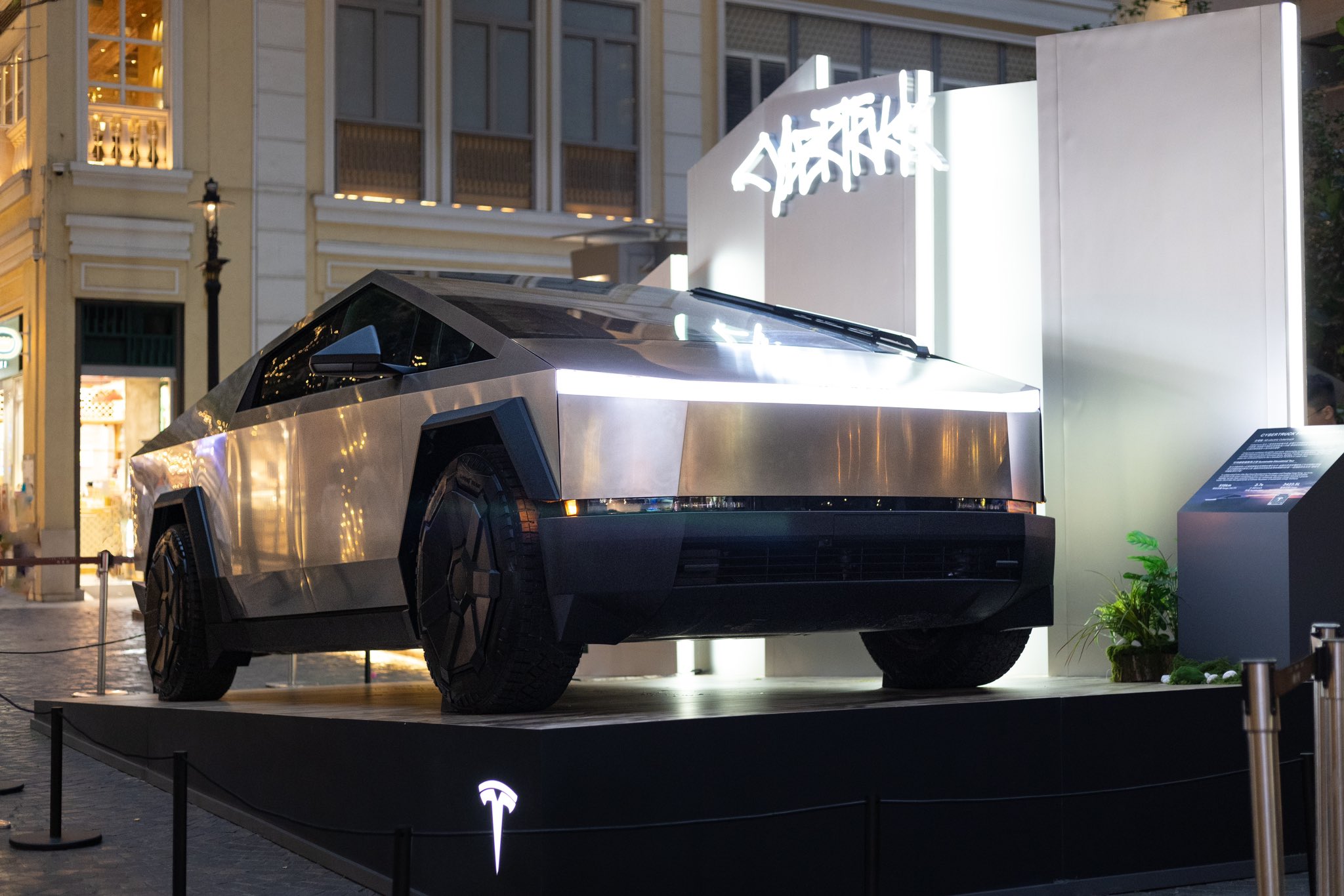
Ford’s recent decision to abandon production of the all-electric Ford F-150 Lightning after the 2025 model year should yield some advantages for Tesla.
The Detroit-based automaker’s pivot away from large EVs and toward hybrids and extended-range EVs that come with a gas generator is proof that sustainable powertrains are easy on paper, but hard in reality.
Tesla is perhaps the biggest beneficiary of Ford’s decision, especially as it will no longer have to deal with the sole pure EV pickup that outsold it from time to time: the F-150 Lightning.
Here’s why:
Reduced Competition in the Electric Pickup Segment
The F-150 Lightning was the Tesla Cybertruck’s primary and direct rival in the full-size electric pickup market in the United States. With Ford’s decision to end pure EV production of its best-selling truck’s electric version and shifting to hybrids/EREVs, the Cybertruck faces significantly less competition.
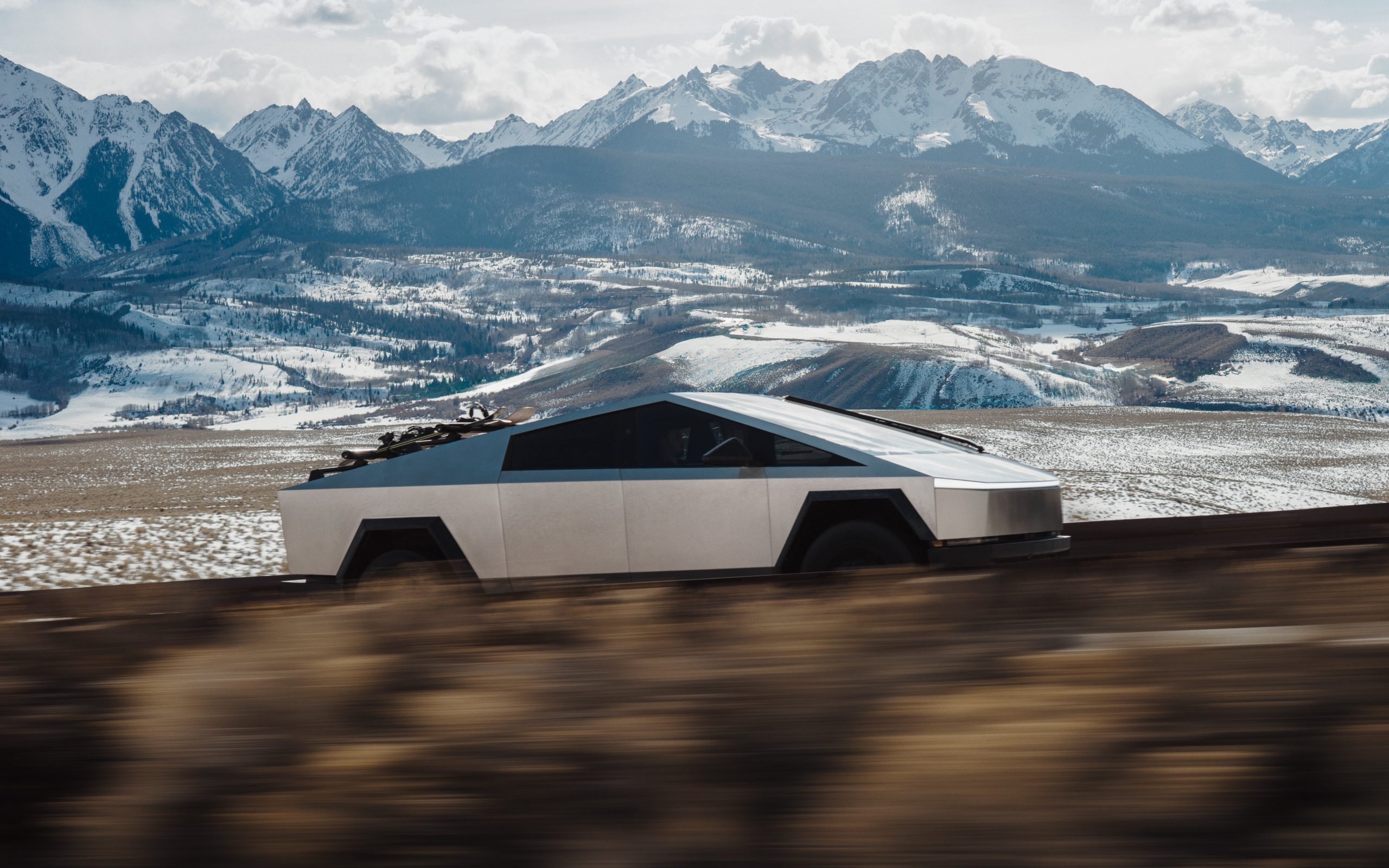
Credit: Tesla
This could drive more fleet and retail buyers toward the Cybertruck, especially those committed to fully electric vehicles without a gas generator backup.
Strengthened Market Leadership and Brand Perception in Pure EVs
Ford’s pullback from large EVs–citing unprofitability and lack of demand for EVs of that size–highlights the challenges legacy automakers face in scaling profitable battery-electric vehicles.
Tesla, as the established leader with efficient production and vertical integration, benefits from reinforced perception as the most viable and committed pure EV manufacturer.
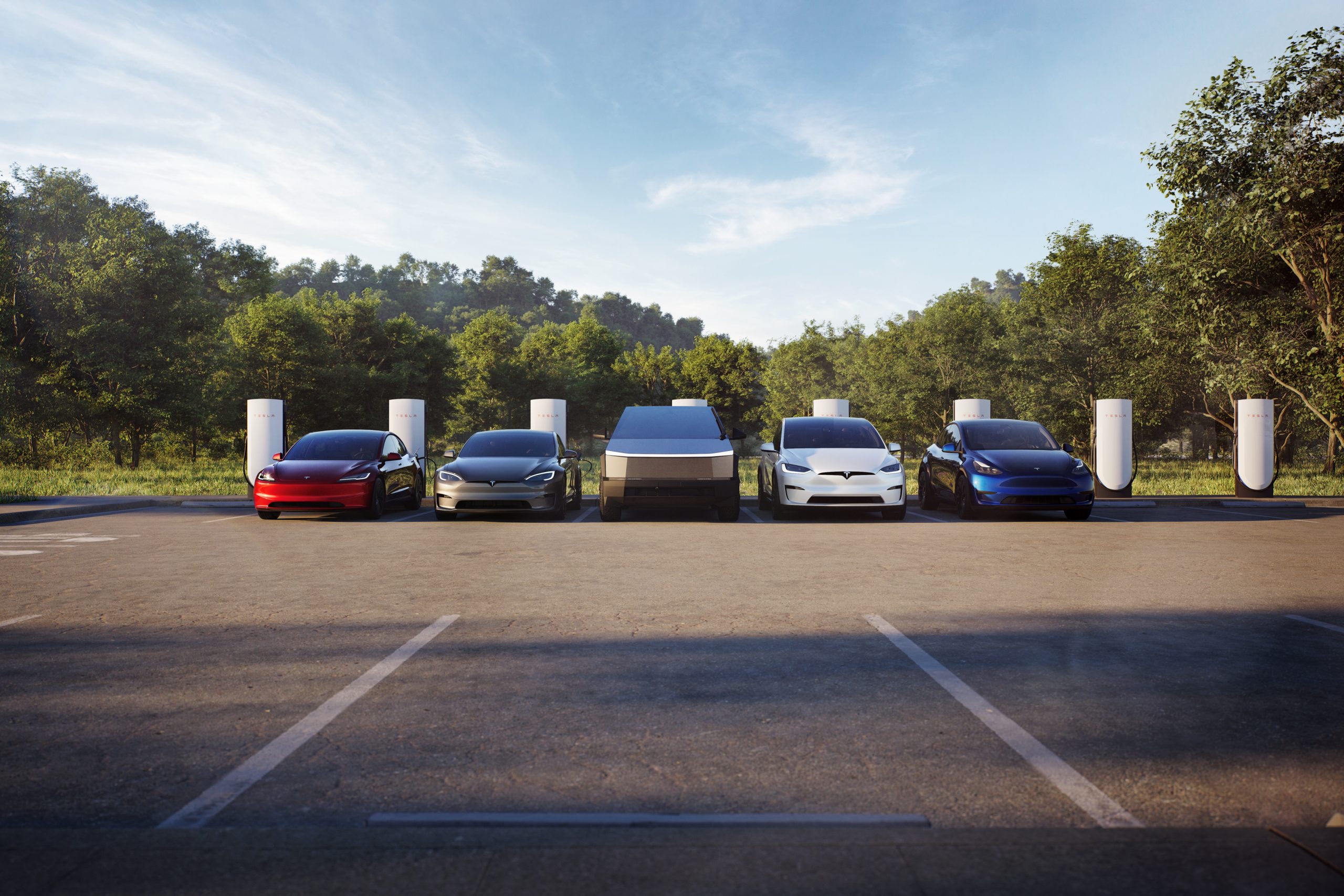
Credit: Tesla
This can boost consumer confidence in Tesla’s long-term ecosystem over competitors retreating to hybrids. With Ford making this move, it is totally reasonable that some car buyers could be reluctant to buy from other legacy automakers.
Profitability is a key reason companies build cars; they’re businesses, and they’re there to make money.
However, Ford’s new strategy could plant a seed in the head of some who plan to buy from companies like General Motors, Stellantis, or others, who could have second thoughts. With this backtrack in EVs, other things, like less education on these specific vehicles to technicians, could make repairs more costly and tougher to schedule.
Potential Increases in Market Share for Large EVs
Interestingly, this could play right into the hands of Tesla fans who have been asking for the company to make a larger EV, specifically a full-size SUV.
Customers seeking large, high-capability electric trucks or SUVs could now look to Tesla for its Cybertruck or potentially a future vehicle release, which the company has hinted at on several occasions this year.
With Ford reallocating resources away from large pure EVs and taking a $19.5 billion charge, Tesla stands to capture a larger slice of the remaining demand in this segment without a major U.S. competitor aggressively pursuing it.
News
Ford cancels all-electric F-150 Lightning, announces $19.5 billion in charges
“Rather than spending billions more on large EVs that now have no path to profitability, we are allocating that money into higher returning areas, more trucks and van hybrids, extended range electric vehicles, affordable EVs, and entirely new opportunities like energy storage.”
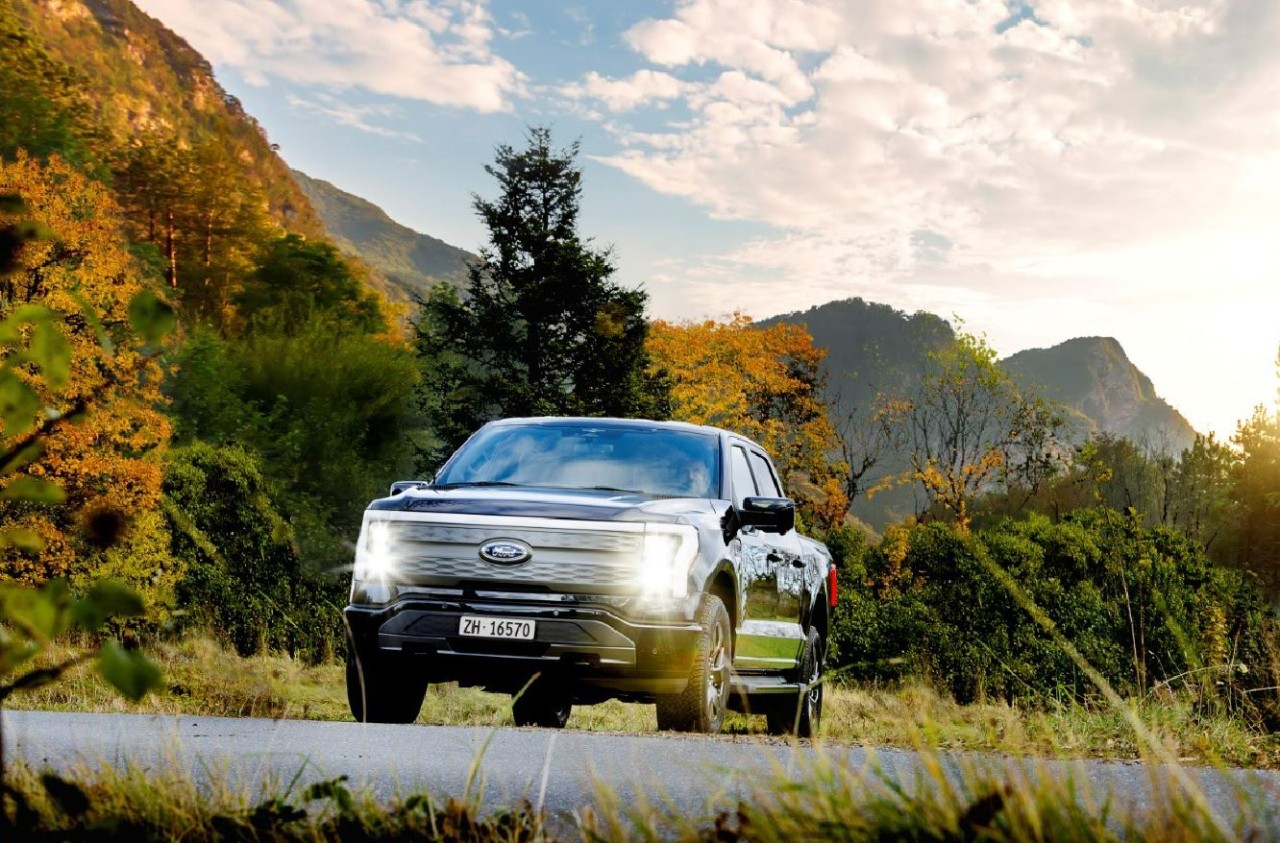
Ford is canceling the all-electric F-150 Lightning and also announced it would take a $19.5 billion charge as it aims to quickly restructure its strategy regarding electrification efforts, a massive blow for the Detroit-based company that was once one of the most gung-ho on transitioning to EVs.
The announcement comes as the writing on the wall seemed to get bolder and more identifiable. Ford was bleeding money in EVs and, although it had a lot of success with the all-electric Lightning, it is aiming to push its efforts elsewhere.
It will also restructure its entire strategy on EVs, and the Lightning is not the only vehicle getting the boot. The T3 pickup, a long-awaited vehicle that was developed in part of a skunkworks program, is also no longer in the company’s plans.
Instead of continuing on with its large EVs, it will now shift its focus to hybrids and “extended-range EVs,” which will have an onboard gasoline engine to increase traveling distance, according to the Wall Street Journal.
“Ford no longer plans to produce select larger electric vehicles where the business case has eroded due to lower-than-expected demand, high costs, and regulatory changes,” the company said in a statement.
🚨 Ford has announced it is discontinuing production of the F-150 Lightning, as it plans to report a charge of $19.5 billion in special items.
The Lightning will still be produced, but instead with a gas generator that will give it over 700 miles of range.
“Ford no longer… pic.twitter.com/ZttZ66SDHL
— TESLARATI (@Teslarati) December 15, 2025
While unfortunate, especially because the Lightning was a fantastic electric truck, Ford is ultimately a business, and a business needs to make money.
Ford has lost $13 billion on its EV business since 2023, and company executives are more than aware that they gave it plenty of time to flourish.
Andrew Frick, President of Ford, said:
“Rather than spending billions more on large EVs that now have no path to profitability, we are allocating that money into higher returning areas, more trucks and van hybrids, extended range electric vehicles, affordable EVs, and entirely new opportunities like energy storage.”
CEO Jim Farley also commented on the decision:
“Instead of plowing billions into the future knowing these large EVs will never make money, we are pivoting.”
Farley also said that the company now knows enough about the U.S. market “where we have a lot more certainty in this second inning.”
News
SpaceX shades airline for seeking contract with Amazon’s Starlink rival

SpaceX employees, including its CEO Elon Musk, shaded American Airlines on social media this past weekend due to the company’s reported talks with Amazon’s Starlink rival, Leo.
Starlink has been adopted by several airlines, including United Airlines, Qatar Airways, Hawaiian Airlines, WestJet, Air France, airBaltic, and others. It has gained notoriety as an extremely solid, dependable, and reliable option for airline travel, as traditional options frequently cause users to lose connection to the internet.
Many airlines have made the switch, while others continue to mull the options available to them. American Airlines is one of them.
A report from Bloomberg indicates the airline is thinking of going with a Starlink rival owned by Amazon, called Leo. It was previously referred to as Project Kuiper.
American CEO Robert Isom said (via Bloomberg):
“While there’s Starlink, there are other low-Earth-orbit satellite opportunities that we can look at. We’re making sure that American is going to have what our customers need.”
Isom also said American has been in touch with Amazon about installing Leo on its aircraft, but he would not reveal the status of any discussions with the company.
The report caught the attention of Michael Nicolls, the Vice President of Starlink Engineering at SpaceX, who said:
“Only fly on airlines with good connectivity… and only one source of good connectivity at the moment…”
CEO Elon Musk replied to Nicolls by stating that American Airlines risks losing “a lot of customers if their connectivity solution fails.”
American Airlines will lose a lot of customers if their connectivity solution fails
— Elon Musk (@elonmusk) December 14, 2025
There are over 8,000 Starlink satellites in orbit currently, offering internet coverage in over 150 countries and territories globally. SpaceX expands its array of satellites nearly every week with launches from California and Florida, aiming to offer internet access to everyone across the globe.
Currently, the company is focusing on expanding into new markets, such as Africa and Asia.








